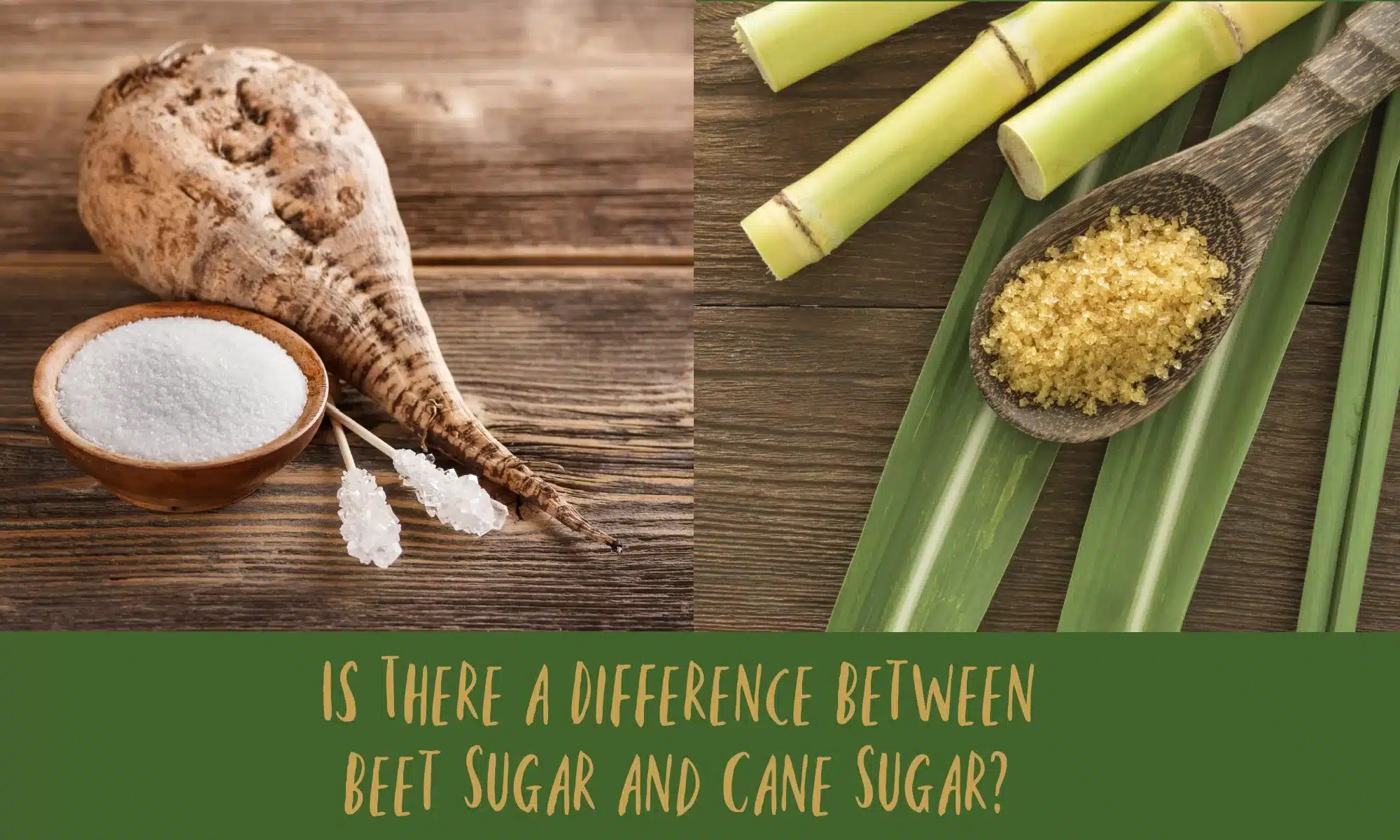The refining process of beet sugar vs cane sugar changes, affecting the final product’s appearance.
Discover the Uses and Conveniences of Beet Sugar Vs Cane Sugar in Your Daily Diet Plan
Exploring the distinctive qualities of beet and cane sugar discloses greater than just their sweetening capabilities; it highlights their special influence on wellness and cookeries. Beet sugar, recognized for its subtle flavor, is commonly preferred in fragile treats, whereas cane sugar, with its hint of molasses, includes richness to durable meals. Each kind holds its very own dietary profile and glycemic effects, inviting a much deeper understanding of their functions in a well balanced diet and sustainable intake techniques.
Beginning and Production Processes of Beet and Cane Sugar

The distinctive environments and soil kinds needed for growing sugar beets and sugarcane add to distinctions in their growing methods and geographic distribution, influencing the economics and sustainability of their production. beet sugar vs cane sugar.
Nutritional Comparison In Between Beet Sugar and Cane Sugar
In spite of originating from various plants, beet sugar and cane sugar are nutritionally extremely similar, both largely containing sucrose. Each supplies about 4 calories per gram, equating to approximately 16 calories per teaspoon. Structurally, both sugars are composed of approximately 99.95% sucrose, with very little quantities of various other substances like dampness and trace minerals, which do not considerably modify their nutritional accounts.

Inevitably, when choosing in between beet sugar and cane sugar based on dietary material alone, both deal identical advantages and drawbacks as they are essentially types of the same molecule-- sucrose, giving quick power without various other nutrients.
Effect On Wellness: Glycemic Index and Caloric Material
Exploring further right into the results of beet sugar and cane sugar on wellness, it is vital to consider their glycemic index and calorie web content. The glycemic index (GI) of both beet and cane sugar is around 65, classifying them as high-GI foods, which can trigger quick spikes in blood glucose levels.
Each type of sugar contains around 4 calories per gram, making their calorie material equivalent. For those keeping an eye on caloric intake, especially when taking care of weight or metabolic go to my site wellness problems, comprehending this equivalence is important (beet sugar vs cane sugar). Excessive usage of any type of high-calorie, high-GI food can contribute to wellness problems such as obesity, heart condition, and insulin resistance.
Environmental and Economic Considerations of Sugar Manufacturing
Beyond health and wellness effects, the production of beet and cane sugar additionally raises substantial environmental and financial worries. Sugar beet cultivation has a tendency to require cooler environments and has a reduced geographical impact contrasted to sugar cane, which prospers in exotic regions. Both crops are extensive in terms of water use and land occupation, potentially leading to deforestation and water shortage. Financially, the worldwide sugar market is very volatile, influenced by adjustments in international trade plans and aids. Lots of nations incentivize sugar production with economic assistance, skewing market prices and impacting small farmers adversely.
In addition, making use of pesticides and fertilizers in both beet and cane sugar cultivation can result in dirt deterioration and air pollution, more impacting biodiversity and local water bodies (beet sugar vs cane sugar). The choice between cultivating sugar beet or website link cane usually pivots on neighborhood ecological problems and financial aspects, making the sustainability of sugar manufacturing a complicated problem
Culinary Applications and Taste Differences
While the environmental and economic facets of sugar manufacturing are undoubtedly considerable, the option between beet and cane sugar also affects cooking applications and taste accounts. Beet sugar, obtained from the sugar beet plant, is known for its extremely neutral taste.
Walking cane sugar, drawn out from sugarcane, frequently maintains molasses traces, which give a distinctive splendor and deepness. The mild variant in dampness content in between beet and cane sugar can influence the texture and consistency of dishes, making cane sugar a recommended selection for specific recipes that benefit from its unique properties.

Conclusion
In verdict, both beet and cane sugar have unique beginnings and production procedures, supplying comparable dietary accounts with mild distinctions in sodium content and flavor. While their effect on health, especially regarding glycemic index and calories, is equivalent, the selection between them important link frequently comes down to ecological, financial factors, and particular cooking requirements. Recognizing these facets can lead customers in making educated choices that align with their wellness objectives and flavor choices.